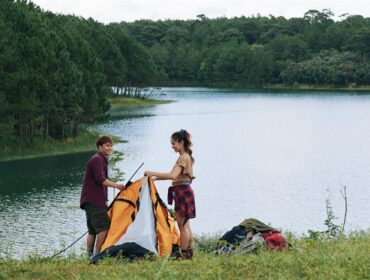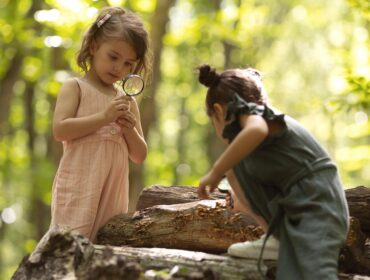 Home gardening is an enjoyable and simple way to reduce your carbon footprint. Fewer trips to the grocery store and helping to build on the “farm to table” mindset is something almost anyone can do, either by container gardening in the city or repurposing your backyard in the suburbs. But how can you keep your home garden eco-friendly? The increased water usage more plants call for could just negate the other positive effects to be had by growing your own food.
Home gardening is an enjoyable and simple way to reduce your carbon footprint. Fewer trips to the grocery store and helping to build on the “farm to table” mindset is something almost anyone can do, either by container gardening in the city or repurposing your backyard in the suburbs. But how can you keep your home garden eco-friendly? The increased water usage more plants call for could just negate the other positive effects to be had by growing your own food.
Enter the fungus. It may sound icky but fungi are a hard working and valuable part of the ecological food chain. By using types of mycorrhiza fungus (“myco” is Greek for mushroom, and “rhiza” for root) you can reduce the watering needs of your plants and increase their ability to absorb nutrients. These particular fungi actually attach to the plant roots and sent out tiny shoots called “hyphae,” through which water and nutrients are more efficiently absorbed into the plant. This can mean healthier plants that consume fewer natural resources. Another positive effect of using these fungi is higher crop yields.
 An additional benefit is increased drought resistance. Many hotter climates in the US are already experiencing drought conditions this summer. With potable water supplies in high demand, that usually means the implementation of watering restrictions in your community. With the mycorrhiza fungus doing their job in your planting beds, your garden can continue to provide you with fresh vegetables and flowers even in the drier months.
An additional benefit is increased drought resistance. Many hotter climates in the US are already experiencing drought conditions this summer. With potable water supplies in high demand, that usually means the implementation of watering restrictions in your community. With the mycorrhiza fungus doing their job in your planting beds, your garden can continue to provide you with fresh vegetables and flowers even in the drier months.
One important tip is to keep your tilling and turning of soil to a minimum. Tilling can destroy the hyphae, which would then cut off your plants from their nutrient gathering super powers. You can purchase mycorrhiza products commercially, or you can even make your own. If you are currently making your own compost, you are already on the fast track to introducing mycorrhiza fungus to your garden beds. Talk with your local garden center experts about what mushrooms and fungi are available in your area. Then, get planting your healthier garden.
Images via ressaure




